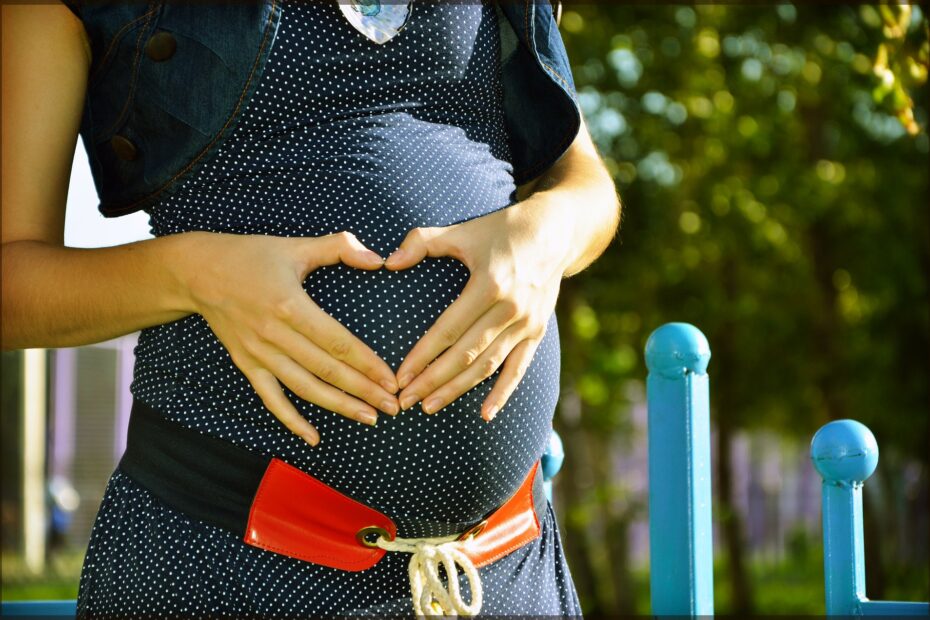By Michael Cook
The reliability of statistics is often inversely proportion to their precision. A widely reported research letter to the journal JAMA Internal Medicine claims that draconian state abortion bans in the wake of the Dobbs decision of the US Supreme Court has so far resulted in 64,565 pregnancies after rapes. There were 519,981 completed rapes in this period, it states (with 26,313 of the pregnancies occurring in Texas).
The letter purports to demonstrate that tens of thousands of women who live in states where abortion has been banned with no exceptions, or very narrow exceptions, are being forced to bear a child. Its six authors regard this as a tragedy. The corresponding author is the medical director of Planned Parenthood of Montana, Dr Samuel L. Dickman.
“These are people who have really experienced a very traumatic event,” study co-author Kari White, executive and scientific director for the Resound Research for Reproductive Health in Texas, told USA Today. “Not only have they lost their own reproductive autonomy as a result, but that’s now being further undermined by the policies in place in their state that are really now making it difficult for them to make their own personal decisions about and determine the trajectory of their lives following this event.”
Admittedly, rape is a ghastly violation of a woman’s integrity. But horror and disgust cannot excuse lack of academic rigour. Are the figures cited in the research letter reliable?
No, said Michael J. New, a scholar at the pro-life think tank, the Charlotte Lozier Institute, writing in the National Review. “To call those figures an exaggeration would be an understatement. The article is frankly one of the worst and most misleading pieces of advocacy research that I have ever encountered in my years as social scientist.”
In fact, the very short research letter contained a very compressed analysis based on very heroic assumptions about very unreliable data. Its guesstimates are based on guesstimates based on guesstimates.
As everyone acknowledges, statistics about rape are inherently unreliable because of the stigma attached to reporting it. In this case, the authors faced the additional complication of separating data about rapes in the 9 states with no-exceptions laws, from the 5 states with a rape exception law, from the other 36 where abortion is legal. Then they had to estimate what proportion of rapes would result in a pregnancy. Then they had to estimate the number of rapes during the period when an abortion was in effect in each state – this varied from 4 to 18 months.
This yielded an exact number — 64,565.
Which is absurdly exact. And it may be far too high. Dr Dickman told NPR that 12.5 percent of those assaults would result in a pregnancy, figures from the Centers for Disease Control (CDC). This figure, of course, is essential for reaching 64,565 pregnancies. However, it is not even mentioned in body of the article.
They do refer to an estimate of the rate of pregnancies after rape in a 1996 article in the American Journal of Obstetrics & Gynecology (AJOG). Those researchers found that “The national rape-related pregnancy rate is 5 percent among victims of reproductive age (aged 12 to 45).” Now, 5 percent of 519,981 rapes in the period under study is 26,000, less than half of the figure reached by the authors. Why wasn’t the discrepancy explained?
Furthermore, the authors admit that “Rape-related pregnancy rates may have decreased since the publication of earlier studies due to increased use of emergency contraception.” So does that mean that the figure is even less than 26,000?
For the authors, these abortion bans are evil because they forced women to have 64,565 unwanted babies. But their “unwanted” status is merely an assumption. The AJOG article – which is now nearly 30 years old, of course – observed that 50 percent of women who became pregnant after rape aborted the child. However, 32 percent chose to keep the child and 6 percent placed the baby for adoption. (Another 12 percent miscarried.) Fully one-third of those babies were wanted. The really intriguing aspect to this story is how many women kept the child in the year or so covered by the study.
Papers around the world relayed the claims made in the JAMA Internal Medicine study to their readers. It was the most-read article on the journal’s website. But news hounds and doctors failed to question the reliability of its lurid claims — especially in the light of the fact that all of the authors have links to the abortion industry.
I’ve just heard rumours that someone is selling off the Brooklyn Bridge at a knock-down price. I wonder how these journalists will report that …
This article has been reprinted with permission and can be found at mercatornet.com/what_is_the_real_story_about_rape_pregnancies.
